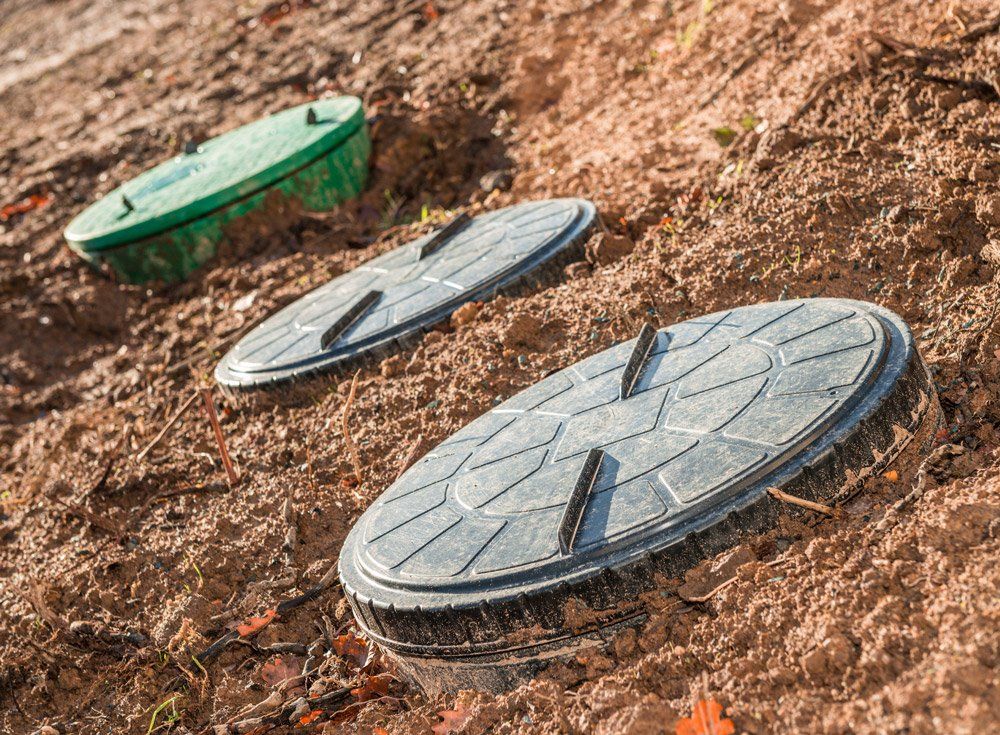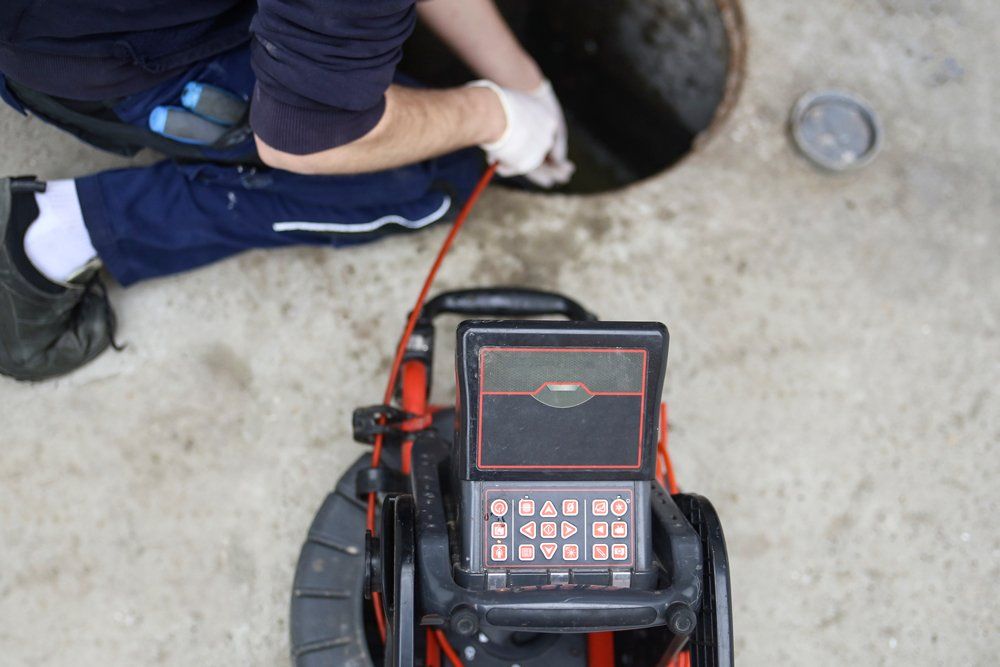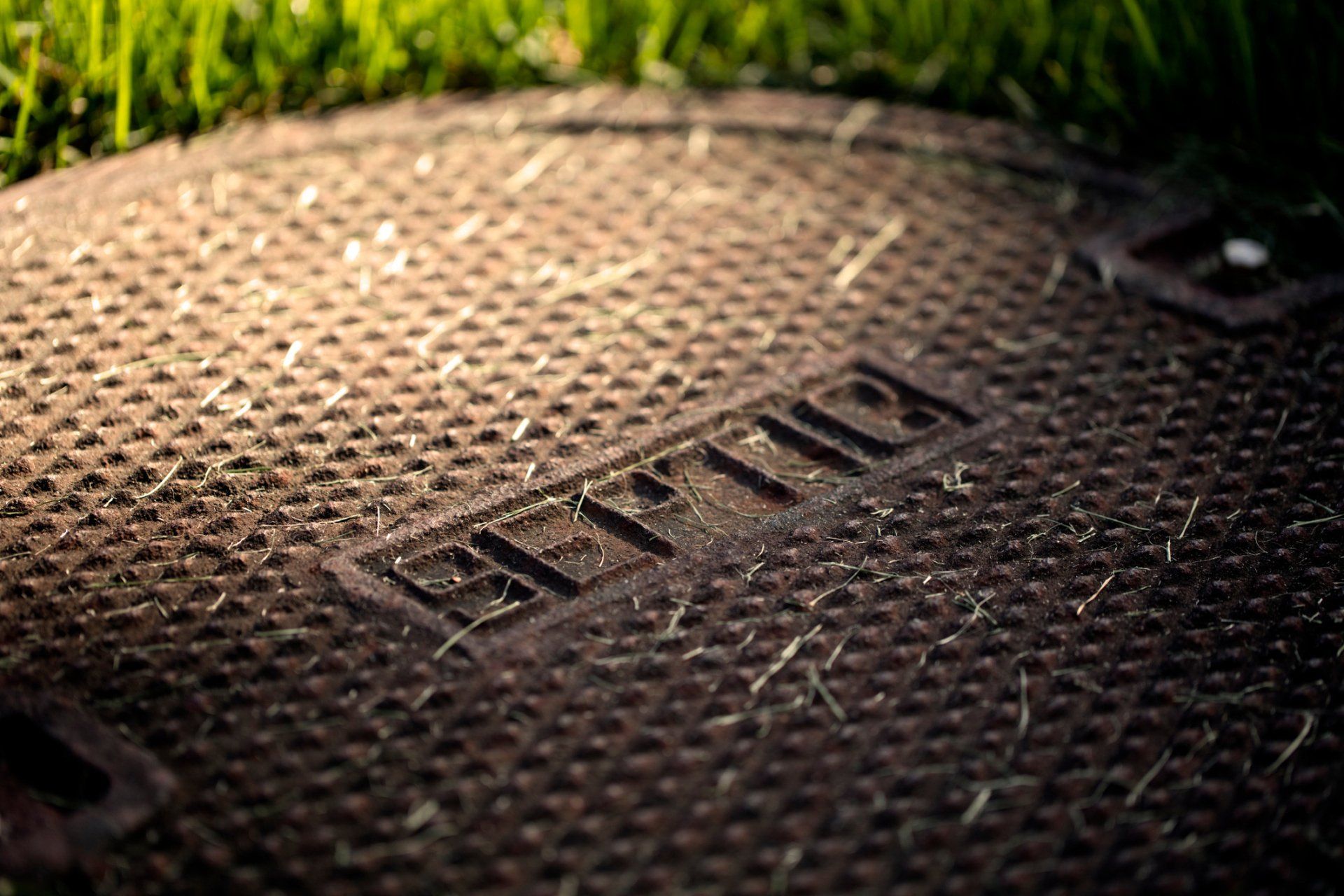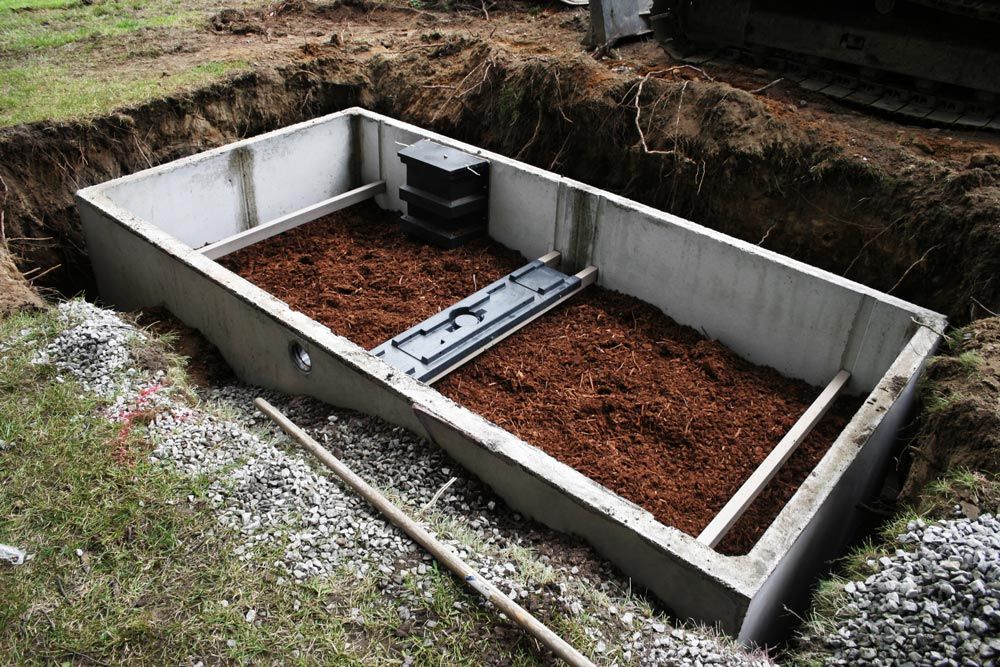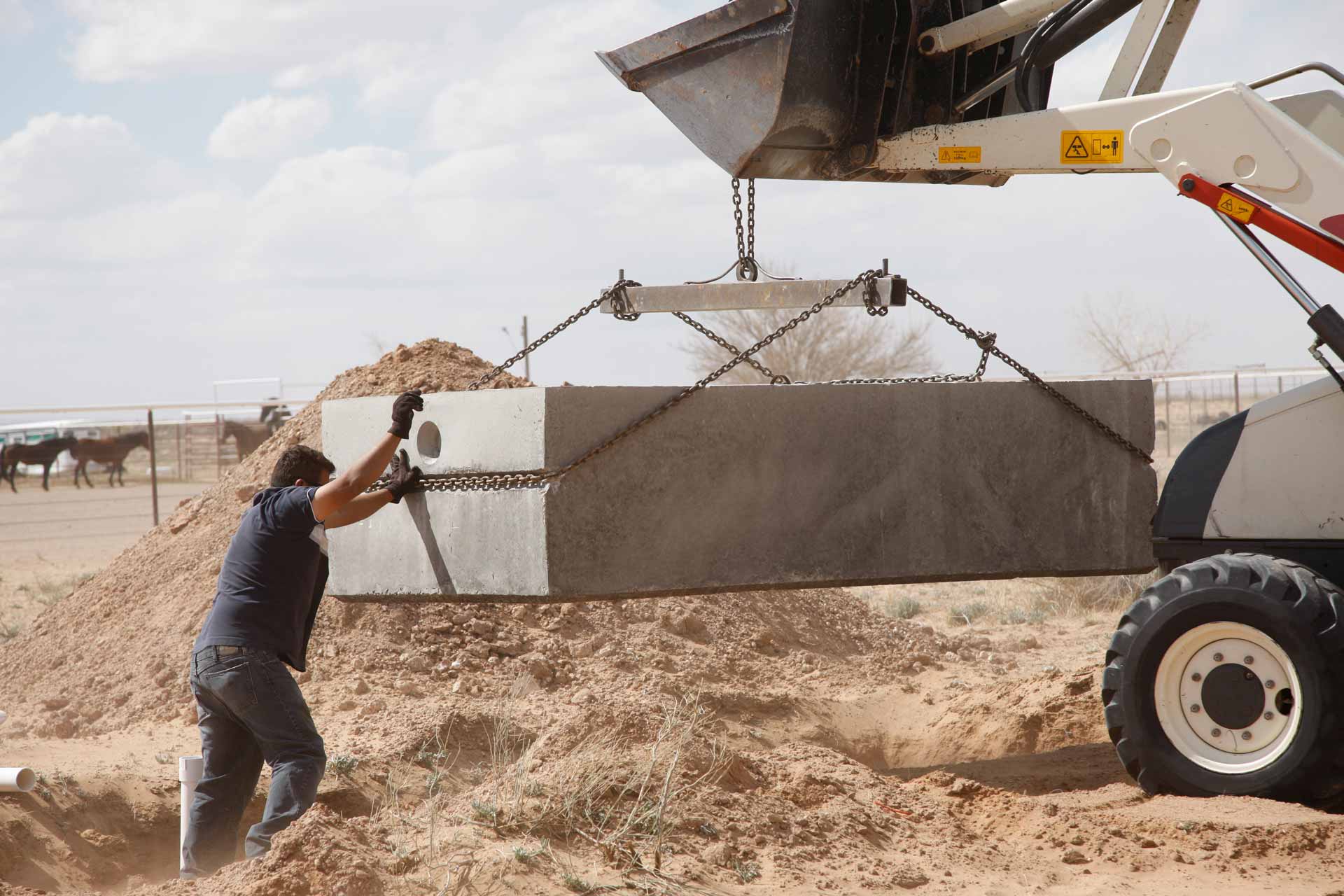A lush landscape can add value to a home and make the yard more attractive and enjoyable. Homeowners with a septic system need to use caution as they plan their layout to avoid and complications. Septic tank runoff can harm ponds and gardens, and some plants can damage the system. Plan carefully to avoid an undesirable outcome.
Keep Area Accessible
Keep clear the area over the septic tank for routine maintenance and in case the system ever needs repair. To access the tank for septic pumping, repairs, or replacement will mean removing anything above the tank. Flower gardens, trees, and other items could end up destroyed when a removal takes place.
To avoid complications, locate the septic tank before completing a landscape plan. Previous homeowners may know the location of the tank. Check out local property records with the town or county to see if they have maps available with the information. Local septic companies may also know if they worked on the system in the past or installed the tank.
Avoid Any Contamination
Septic systems also include a leach field where wastewater from the tank drains. The soil purifies the liquid as it moves through the ground, so it does not contaminate water systems. Homeowners can safely walk and sit on the ground above a functioning drain field. However, it isn't safe to plant a garden in the same area.
Experts recommend planting all fruits and vegetables at least
10 feet
away from the drain field. The distance will help to avoid the risk of bacterial contamination. The risk of contamination occurs most often when the system has too much water for the ground to drain efficiently.
Excess water in the ground from a weather event or a leaking septic system could cause the area to flood. Flooded leach fields can allow bacteria in the wastewater to rise to the surface. Plants may absorb the bacteria or their surfaces become contaminated. Exposure to the bacteria occurs as people handle or consume the plants.
Prevent Any Damage
Planting above the septic tank or sewer lines could cause damage to the system if the items planted have invasive roots. Trees are the main concern for invasive roots. Popular tree species with invasive roots include some types of elms and maples, willows, and hybrid poplars.
Research any tree before planting and make certain to install it far enough away from the system so the future root growth will not become a problem. Invasive roots can enter pipes and the tank and cause leaks and fill the interior, so the system becomes unusable. The roots can also grow under the system and lift it, causing damage.
The soil in a leach field could contain elevated levels of nitrogen because organic material releases it as it breaks down. Many plants suffer or fail if the nitrogen level gets too high. Planting grass is a good option for this area because it thrives in a nitrogen-rich environment, it prevents soil erosion, and it slows water absorption to reduce the risk of over-saturated soil.
Nitrogen can also become a problem for people that add ponds near a drain field. Nitrogen can pollute the water and cause algae blooms. Stocked fish in the pond could also sicken or die.
Damage to nearby vegetation may take place because of other chemicals found in the wastewater that come from the home. For example, elevated levels of boron can damage or kill citrus trees. Some laundry detergents use boron as an ingredient.
No one wants to see a yard destroyed due to a septic tank issue. An expert can locate and inspect the system for the homeowner before any landscaping begins. At
Pete's Outflow Technicians, we offer advice, make septic system repairs, and install new systems to ensure everything is in the best condition possible. Call today to schedule an appointment.

